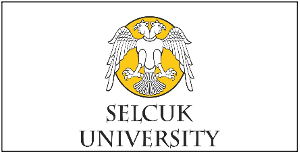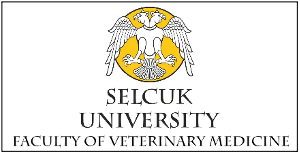| 2017, Cilt 33, Sayı 4, Sayfa(lar) 248-254 | |
| [ Özet ] [ PDF ] [ Benzer Makaleler ] [ Yazara E-Posta ] [ Editöre E-Posta ] | |
| Determination of the effects of Mentha caucasica on histology of small intestine in Japanese quail (Coturnix coturnix japonica) | |
| Emrah Sur1, Tamer Çağlayan2, Nariste Kadıralieva3, Erdoğan Şeker4 | |
| 1Selçuk Üniversitesi, Veteriner Fakültesi Histoloji ve Embriyoloji Anabilim Dalı, Konya, Türkiye 2Selçuk Üniversitesi, Veteriner Fakültesi Zootekni Anabilim Dalı, Konya, Türkiye 3Kırgızistan-Türkiye Manas Üniversitesi, Veteriner Fakültesi, Histoloji ve Embriyoloji Anabilim Dalı, Bişkek, Kırgızistan 4Selçuk Üniversitesi, Veteriner Fakültesi Hayvan Besleme ve Beslenme Hastalıkları Anabilim Dalı, Konya, Türkiye |
|
| Keywords: Histology, Japanese quail, Mentha caucasica, small intestine | |
| Abstract | |
Aim: This study was carried out to determine the effect of Mentha
caucasica on histo-morphology of the small intestine at light
microscopic level in Japanese quails. Materials and Methods: One day-old Japane¬se quail chicks (n=30) were used in the study. The quails were randomly divided into 3 groups which consist of 10 animals for each.as control, M1 (0,75% mint content) and M2 (1,5% mint content). Animals were fed diets containing different mint content for six weeks. At the end of the study, the birds were killed by cervical dislocation. The duodenum, jejunum and ileum samples were collected. After routine hitological process, the serial sections were stained with Crossmon's trichrome and Periodic Acid Schiff (PAS) reaction. All sections were evaluated under the light microscope and were photographed by digital camera and were recorded. Villus height, villus width, crypt depth, and thickness of tunica muscularis were measured and Goblet cell numbers were calculated. Results: The average villus height, crypt depth, and thickness of tunica muscularis were increased in the duodenum, jejunum, and ileum depending on the mint content (p<0,01) whereas villus width was decreased in duodenum and jejunum in both mint groups (p<0,001). Goblet cell number was not changed in duodenum (p>0,05) but it was decreased (p<0,001) in jejunum in M1 group hereas the number was increased (p<0,001) in ileum of M2 group animals. Conclusion: Mint supplementation effected the histology of small intestine in concentration dependent manner. |
|
| [ Başa Dön ] [ Özet ] [ PDF ] [ Benzer Makaleler ] [ Yazara E-Posta ] [ Editöre E-Posta ] | |




